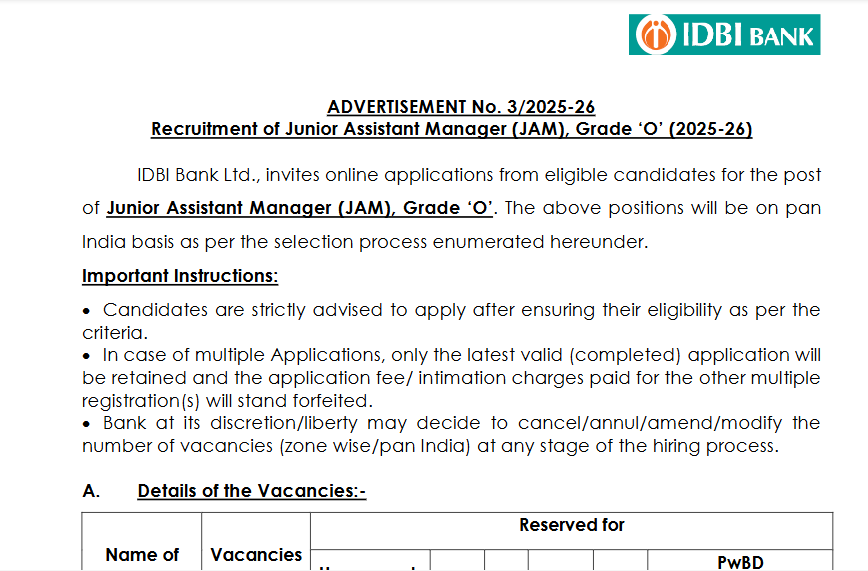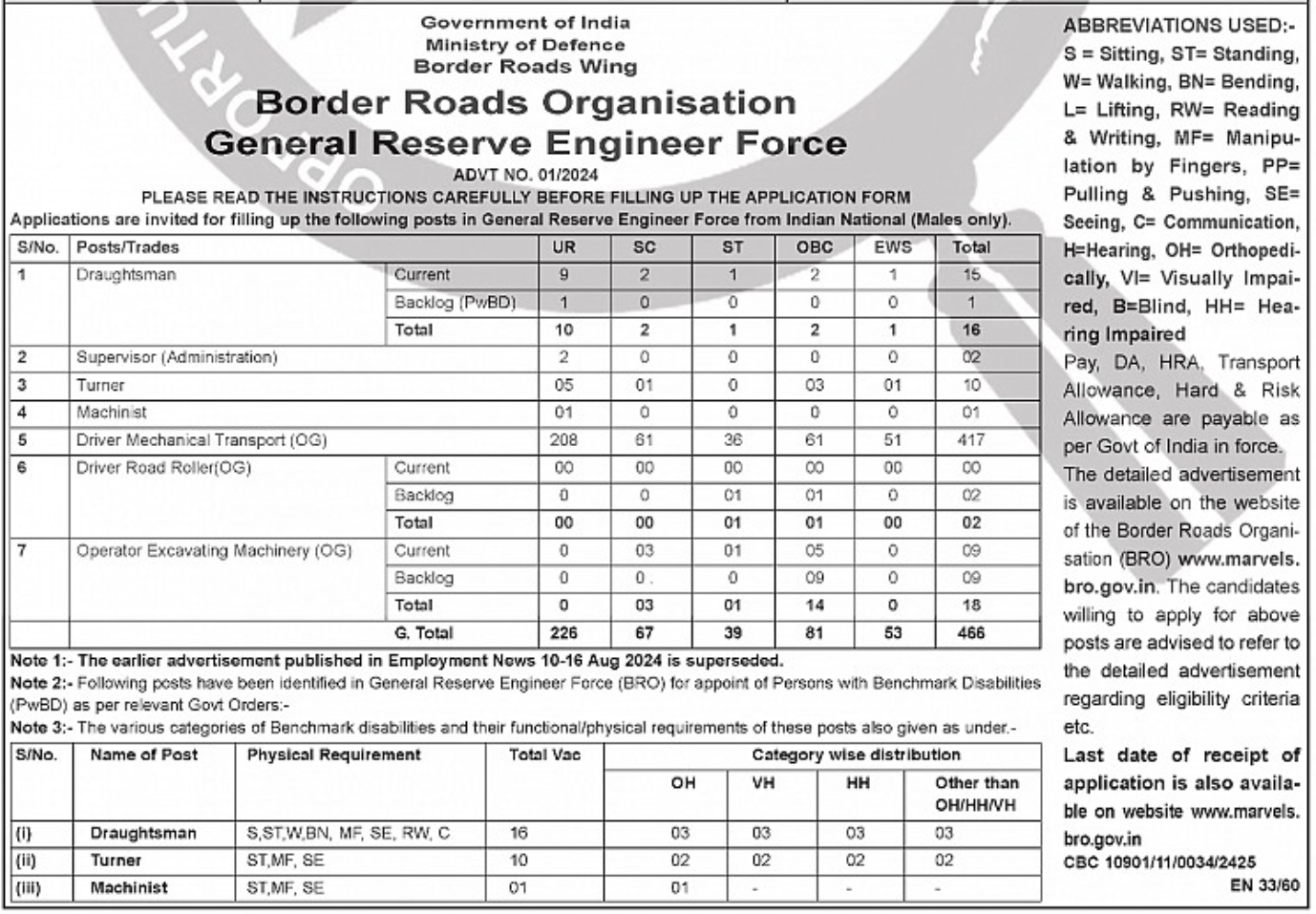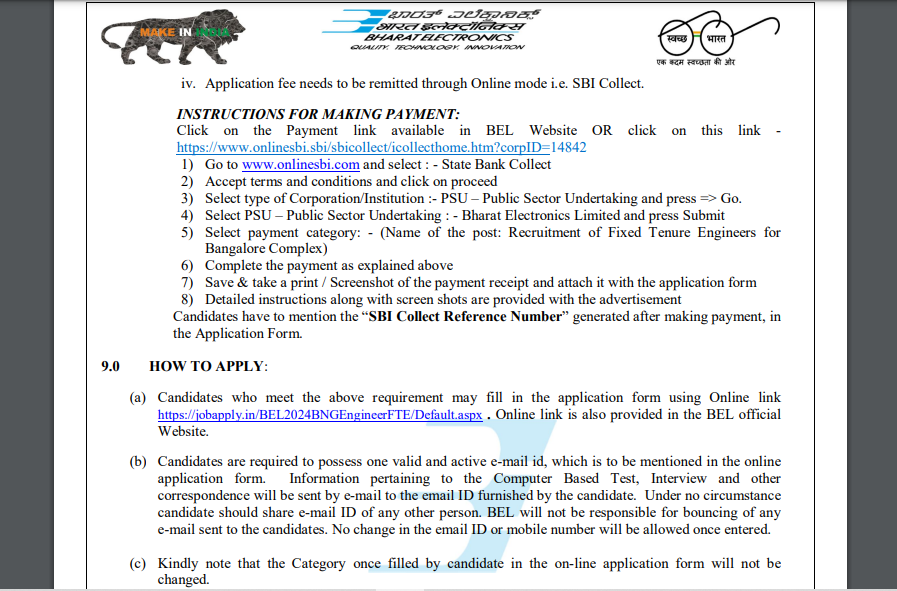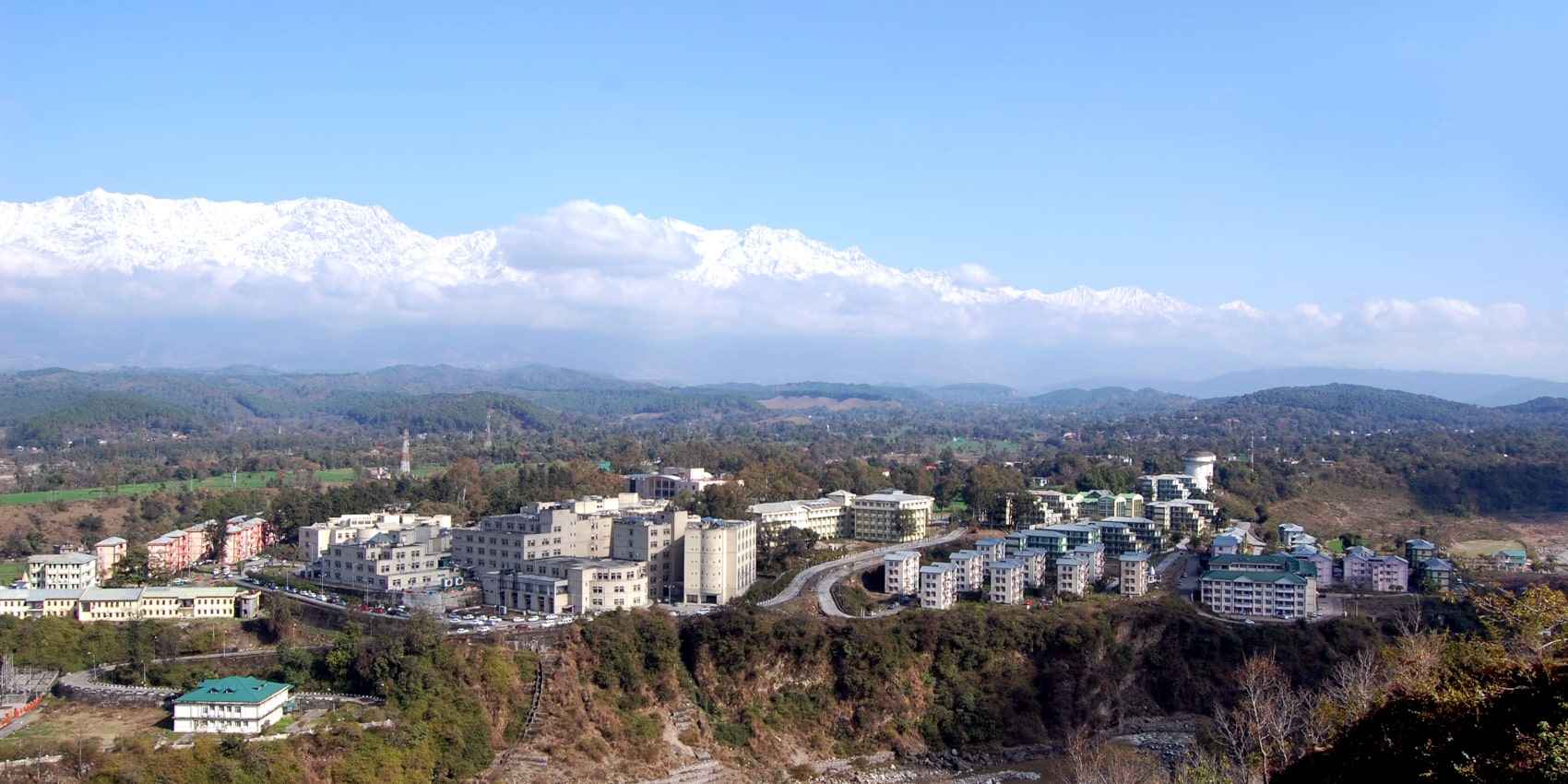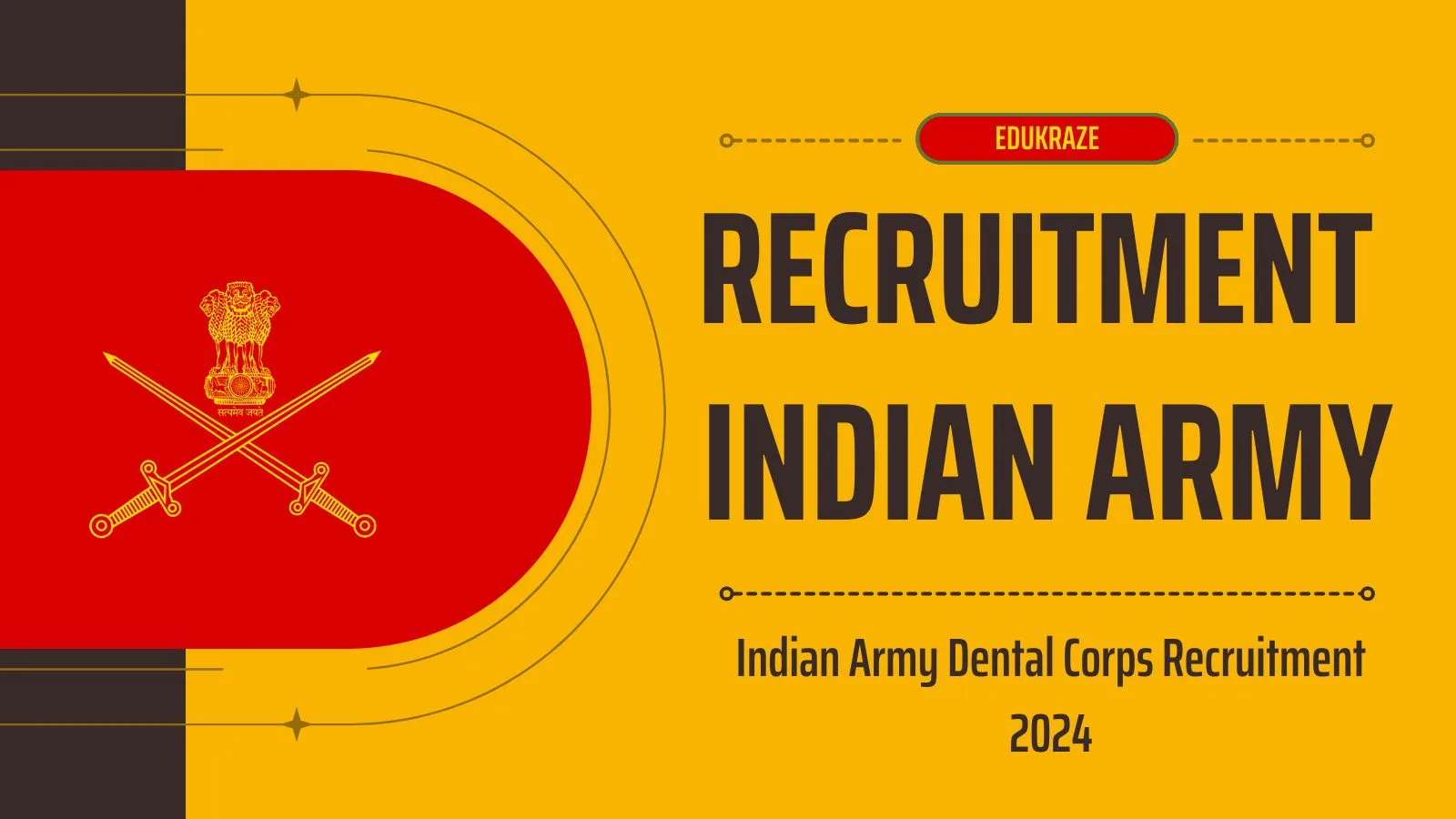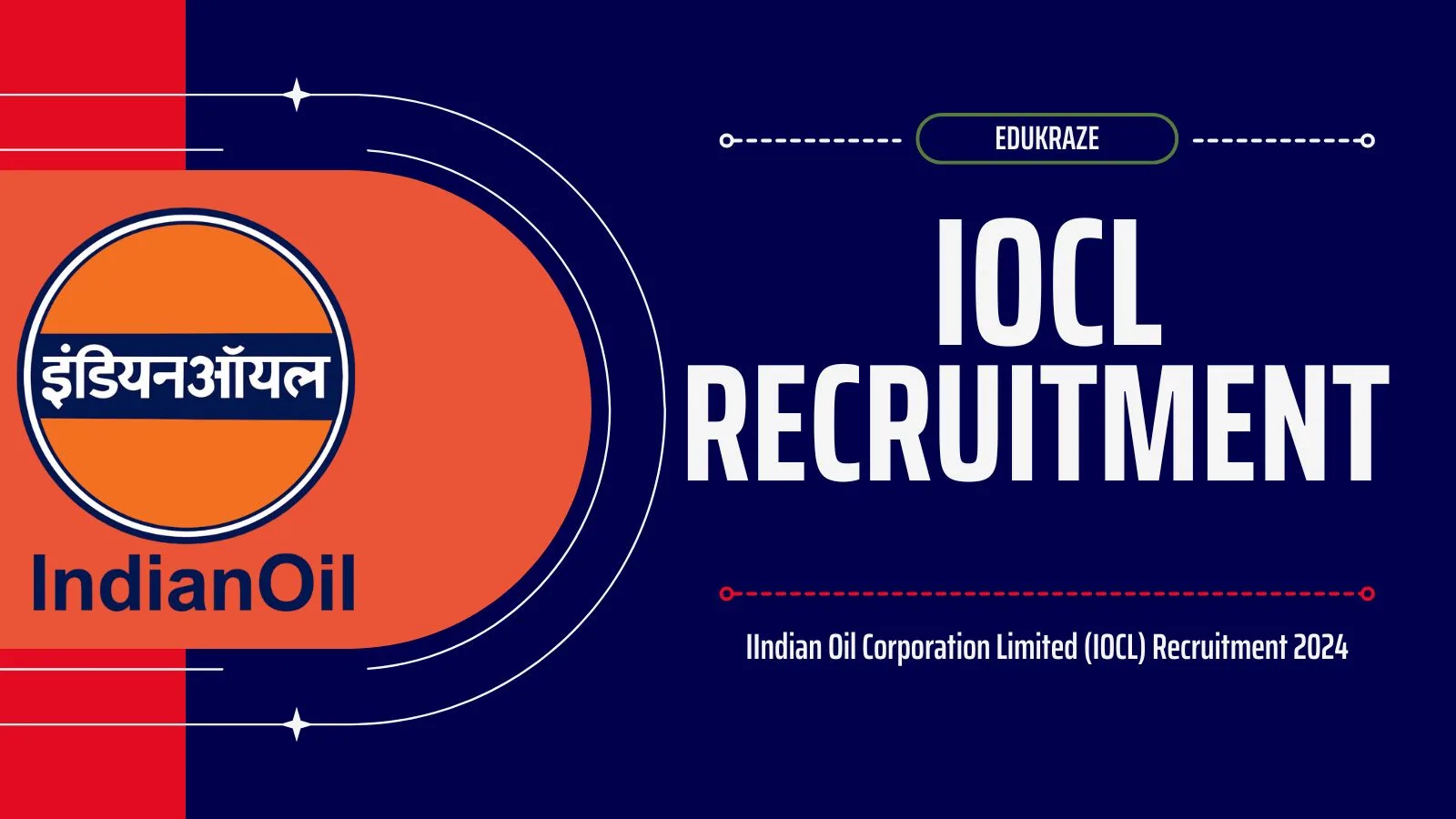MoSPI Releases Employment Outlook of the Country for the Period September 2017 to August 2023
National Statistical Office (NSO), Ministry of Statistics and Programme Implementation unveils comprehensive Employment Outlook
New Delhi October 25, 2023 – In a bid to offer insight into the employment landscape of India, the Ministry of Statistics and Programme Implementation’s National Statistical Office (NSO) has released the much-awaited ‘Employment Outlook’ report. Covering the period from September 2017 to August 2023, the report is a valuable source of information for those keen on understanding the dynamics of the country’s formal sector employment.
Table of Contents
Introduction
The Ministry has been diligently publishing employment-related statistics in the formal sector since April 2018, with a focus on the period from September 2017 onwards. The statistics are sourced from three major schemes: the Employees’ Provident Fund (EPF) Scheme, the Employees’ State Insurance (ESI) Scheme, and the National Pension Scheme (NPS). These schemes have provided essential data to assess the employment landscape during this six-year period.
It’s important to note that there is a degree of overlap in the numbers from these various sources, making it necessary to avoid adding the estimates. Comprehensive information for the period spanning September 2017 to August 2023 is separately published on the respective organizational websites. The data is categorized into seven distinct periods:
A detailed note is annexed.
(Click here to see the Annexures in PDF Format)
These categories offer a dynamic view of employment trends. Section 2.1 provides gender-wise information on new members subscribing to EPF, members ceasing their subscriptions, and those who restarted their contributions after previously ceasing. Section 2.2 provides gender-wise data for ESI, focusing on existing employees paying contributions and newly registered employees paying during the period. Lastly, Section 2.3 covers NPS, offering information on both existing and new subscribers contributing during this period.
While the report provides valuable insights into employment in the formal sector, it is important to note that it does not encompass employment at a holistic level. The Ministry invites suggestions for enhancing content, coverage, and presentation. Readers can anticipate the release of the next report on November 24, 2023.
Endnote: Coverage and Sources of Data
- Employees’ Provident Fund (EPF): The EPF is a mandatory savings scheme governed by the Employees’ Provident Funds and Miscellaneous Provisions Act, 1952. Administered under the Employees’ Provident Fund Organization (EPFO), it applies to establishments employing 20 or more individuals. The pay ceiling for this scheme is set at Rs. 15,000 per month. The number of members subscribing to this scheme offers insights into the level of employment in the formal sector. The data on subscribers, new members, exited members, and those who restarted their subscriptions are sourced from EPFO. For more information, visit EPFO.
- Employees’ State Insurance (ESI): The Employees’ State Insurance Act, 1948, applies to non-seasonal manufacturing establishments with 10 or more workers, and for health and medical institutions, the threshold limit is 20 or more workers. The wage ceiling for ESI is Rs. 21,000 per month. Subscribers are known as Insured Persons (IP), and new IP numbers can arise due to changes in employment. The number of subscribers to this scheme also provides an indication of the level of employment in the formal sector. Data is sourced from the Employees’ State Insurance Corporation (ESIC). For more details, visit ESIC.
- National Pension Scheme (NPS): The National Pension Scheme (NPS) is an easily accessible, low-cost, tax-efficient, flexible, and portable retirement account. It operates on a defined contribution basis, with the subscriber and employer contributing to the individual’s retirement account. The accumulated wealth depends on the contributions and income generated from investments. NPS has been adopted by both Central and State Governments for new employees, except for the armed forces. It was extended to the corporate sector in 2009, offering various contribution variations. For more details, visit PFRDA.
As the Ministry of Statistics and Programme Implementation continues to provide valuable insights into India’s formal sector employment, these reports serve as a valuable resource for policymakers, researchers, and the general public. The release of the next report on November 24, 2023, is eagerly anticipated.
Conclusion
The Employment Outlook report released by the National Statistical Office, Ministry of Statistics and Programme Implementation, offers a comprehensive view of formal sector employment in India from September 2017 to August 2023. The data derived from major schemes such as EPF, ESI, and NPS provides valuable insights into employment trends. As the Ministry continues to refine its reporting, these insights will prove indispensable for understanding and addressing employment dynamics in the country.
Stay Updated | Employment Outlook of the Country for the Period September 2017 to August 2023
- Follow us on Facebook , Telegram and Twitter for the latest Education News updates and Daily Current Affairs
- Subscribe to our website for more updates on upcoming exams and results.
- Check all open Government Jobs 2023 Here





